COLLECTABLE STORIES: LOSING TOUCH
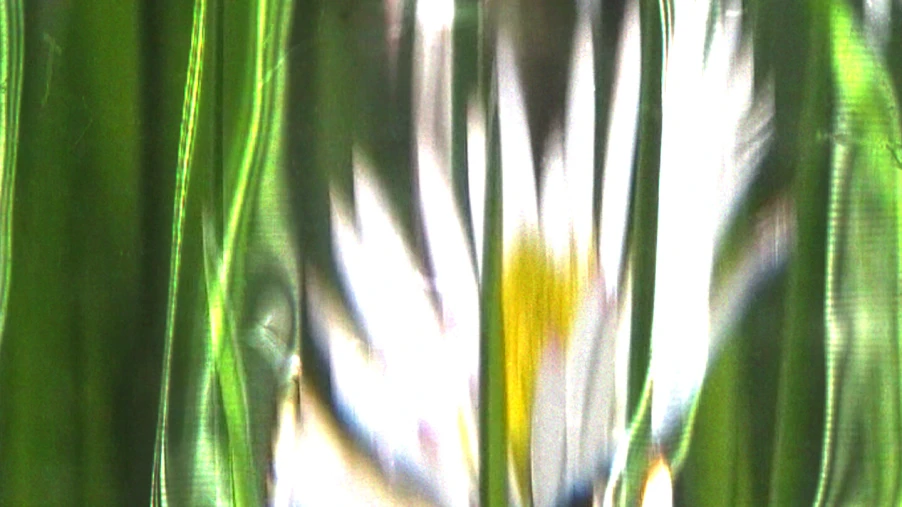
LOSING TOUCH
Short Talk with Charlie Black (Director)
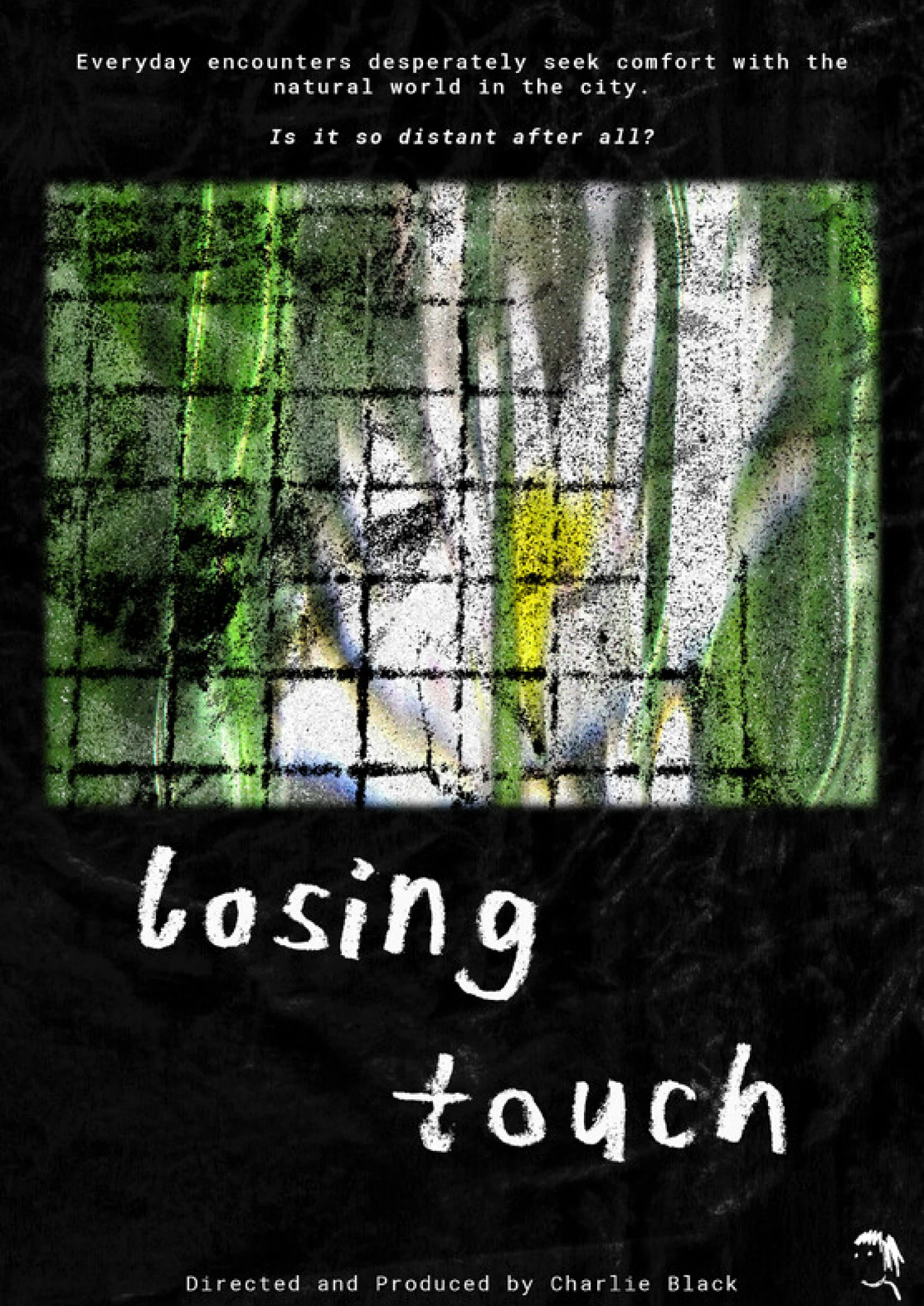
BEST EXPERIMENTAL FILM Category
22nd IN THE PALACE International Short Film Festival 2025
Germany, United Kingdom, Experimental, English, 00:10:00, 2024
Synopsis: The film depicts the internal dialogue on coping with the grief of ecological degradation. As the body and mind wander through the streets of Berlin, encounters over 24 hours depict a sensational, overstimulating cityscape. With multimedia recordings from a camcorder, beer developed film, and cyanotype, metal and flesh entangle themselves within and between the frames. Subverting the nature-culture dichotomy, the city and nature merge into a dirty, omnipresent force. What have we become?
Biography: Charlie Black is a filmmaker and animator from the U.K.. Her practice focuses on the ecology of lived spaces, documenting the complex relationships between humans and the rest of nature that manifest in our daily lives. Using research and imagination, her work values emotionally driven documentary, blurring the boundary between subjectivity and objectivity. She highlights this through emphasising the material quality of film, working with both analogue and digital materials.
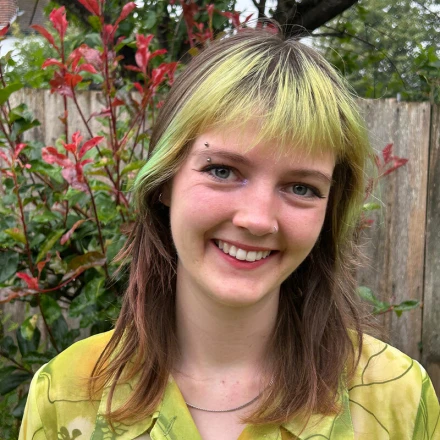
Charlie Black, director
Raya Hristova: What camera have you used and how you achieved the effects in the film?
Charlie Black: So I used quite a few different methods to record the landscape. I made this during my master’s, and I was really interested in exploring more ecological and sustainable techniques, but also just in bringing more of the landscape into the image itself. I mainly used a camcorder, actually, the one my parents had when I was a kid, because I really love that kind of grainy, digital feel. You can really sense the presence of the camera.
Raya Hristova: So you used the same kind of camera from your childhood?
Charlie Black: Yeah, exactly. I felt like there was a kind of connection. And I just like seeing the influence of the camera within the frame itself. I really enjoy that sort of "ugly," pixelated look. I also shot some footage on Super 8 film, which I developed using beer and non-toxic materials, again, to try and bring elements of the landscape into the materiality of the film. I used cyanotype too, which is an old printmaking technique that develops with sunlight and is fixed with water. So once again, I was trying to work with existing natural elements. I love making these mixed-media collages because they help create a kind of altered reality. So the main materials were Super 8 film, some 35mm photography, cyanotypes, and the camcorder.
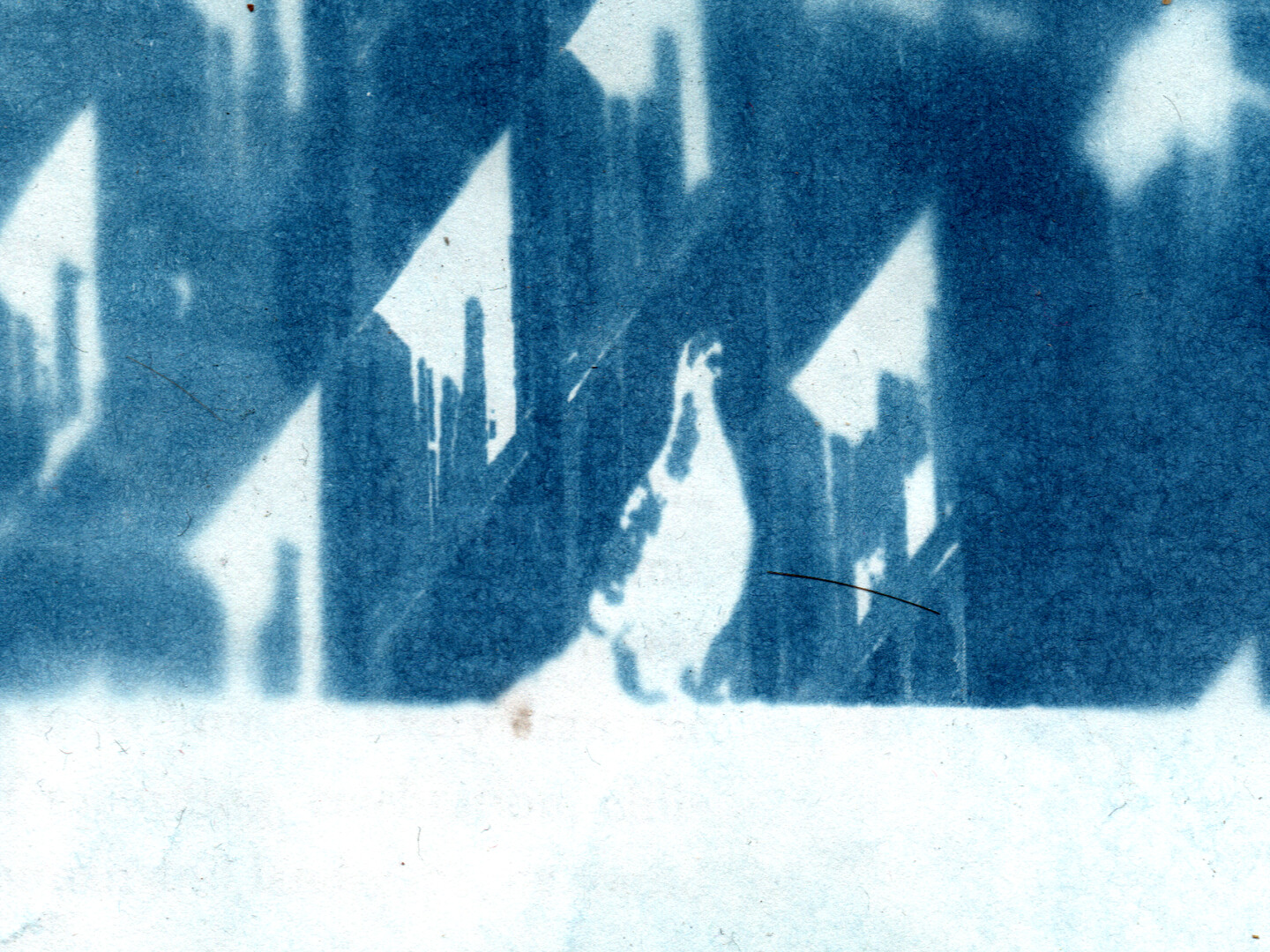
Raya Hristova: And how long did it take you to do all of this?
Charlie Black: I was shooting for about two months, starting in spring, because I thought it was such a nice transitional time in the city. There are a few drawn or more abstract elements I made myself, but pretty much everything was shot in Berlin. I spent another two months developing and animating some of the materials, and then probably three or four months editing. I tried to use as little digital special effects as possible, mainly to keep it ecological, but also to make the effects myself rather than rely on the computer. Most of the visual effects are basically just frame-by-frame edits. I'm really inspired by Rose Lowder and that kind of aggressive editing style, superimposing images not through digital layering, but by working directly with time and frame.
Raya Hristova: What emotional impact did you want these effects to have on the audience?
Charlie Black: There’s definitely a kind of fear or uncanniness to the experience. For me, the emotional core is a confrontation with how strange our current reality is. I recorded everything through these casual, everyday encounters, just walking around the city and letting things catch my attention. It’s about recognizing the violence that can be embedded in the urban landscape, not only in how it’s built, but in how much it affects the rest of the world. At the same time, there are also moments of relief. The film is very much connected to my own climate anxiety and grief. I think it’s important to face those fears and uncertainties about modernity and how it shapes our connection to the world. But if we live only in fear, we’ll never move forward. That’s why the ending is kind of bittersweet, a melancholic, blue kind of sadness, but also a soft joy. That’s something I love exploring.
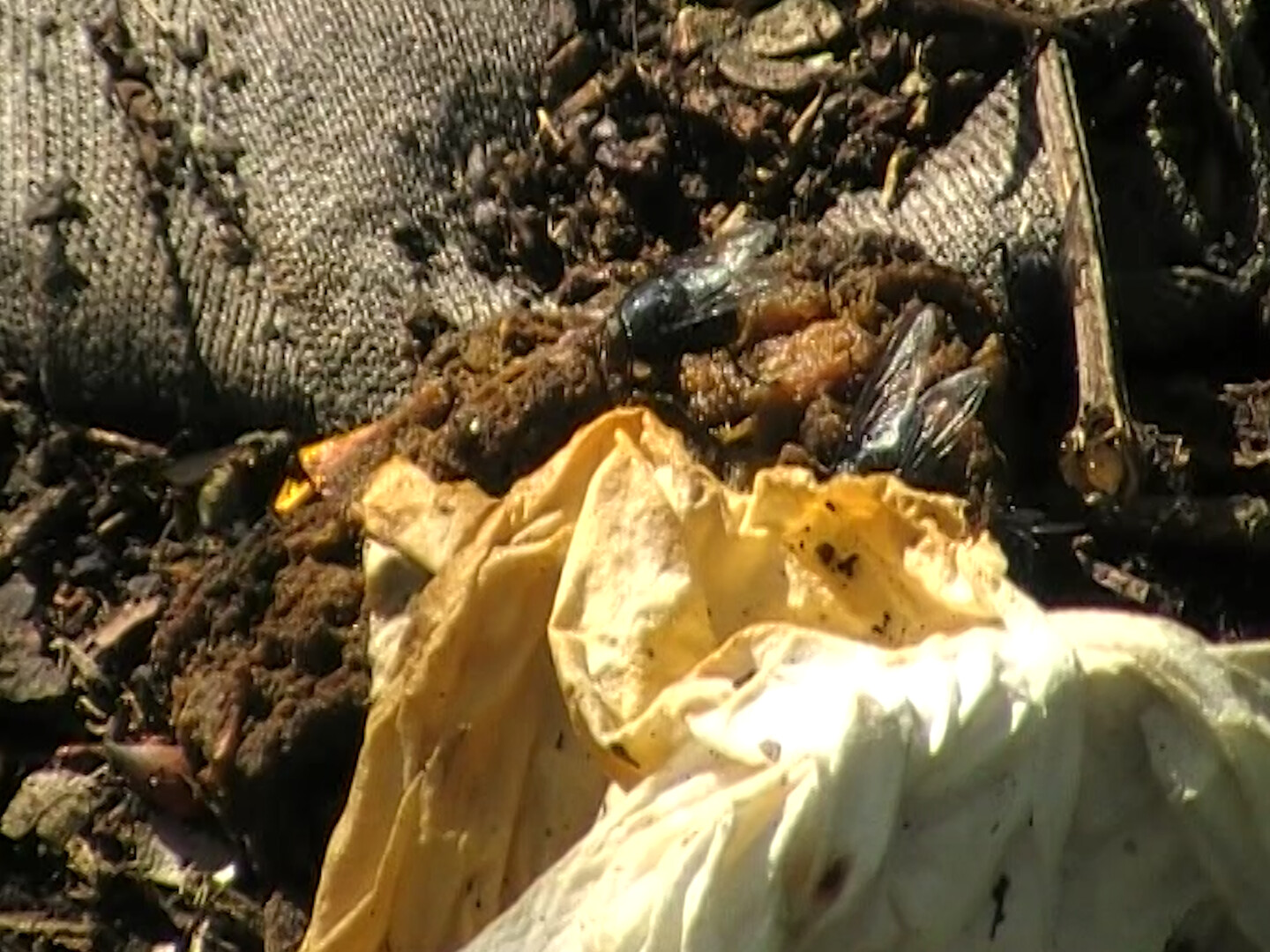
Raya Hristova: What are your ecological thoughts regarding the film?
Charlie Black: This film is really about how our everyday lives have become disconnected from the rest of nature. Even though Berlin is great for green spaces, the structure of modern society, hyper-capitalism, technology, has really separated us from the natural world. And even how we define “nature” versus “urban” is too restrictive. For me, the goal was to start seeing the city as part of nature. That shift might be small, but reconnecting with nature on a personal level is something really valuable for all of us.
Interviewer: Raya Hristova
Editor: Martin Kudlac





